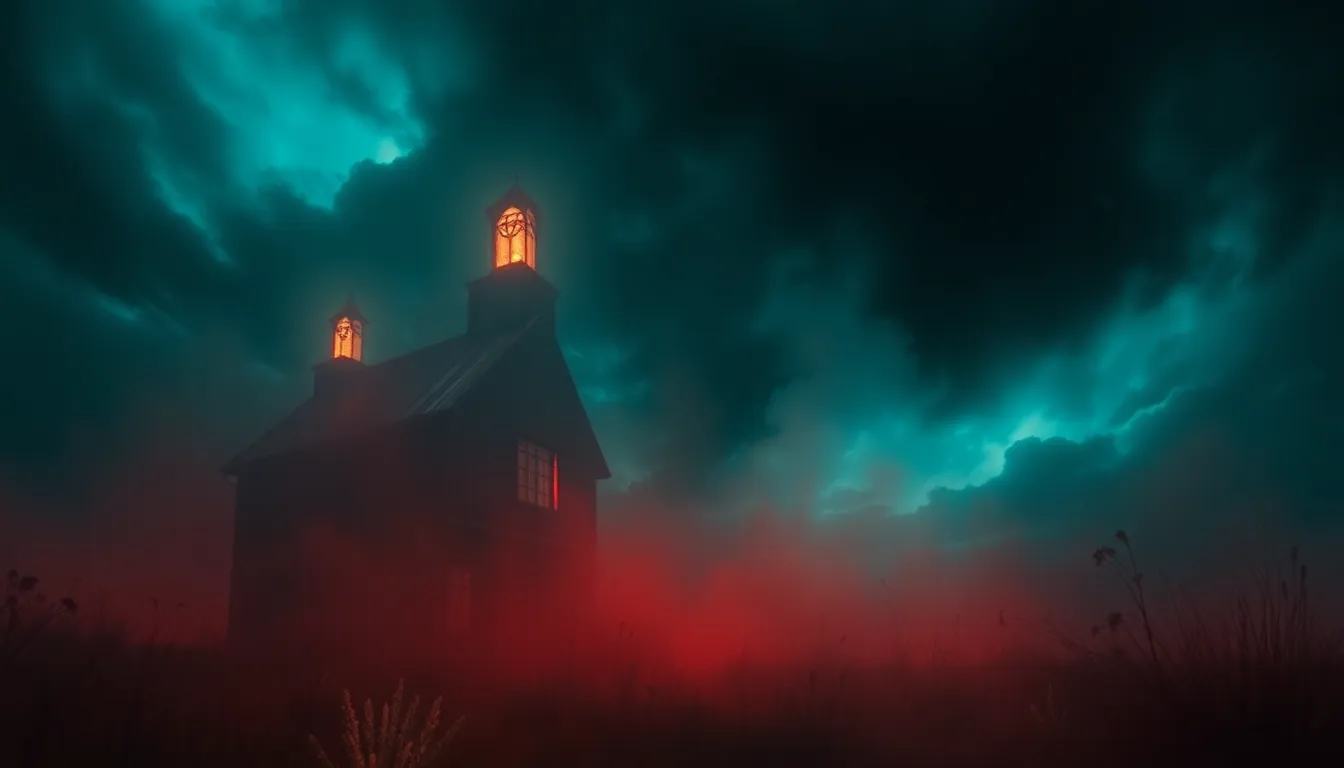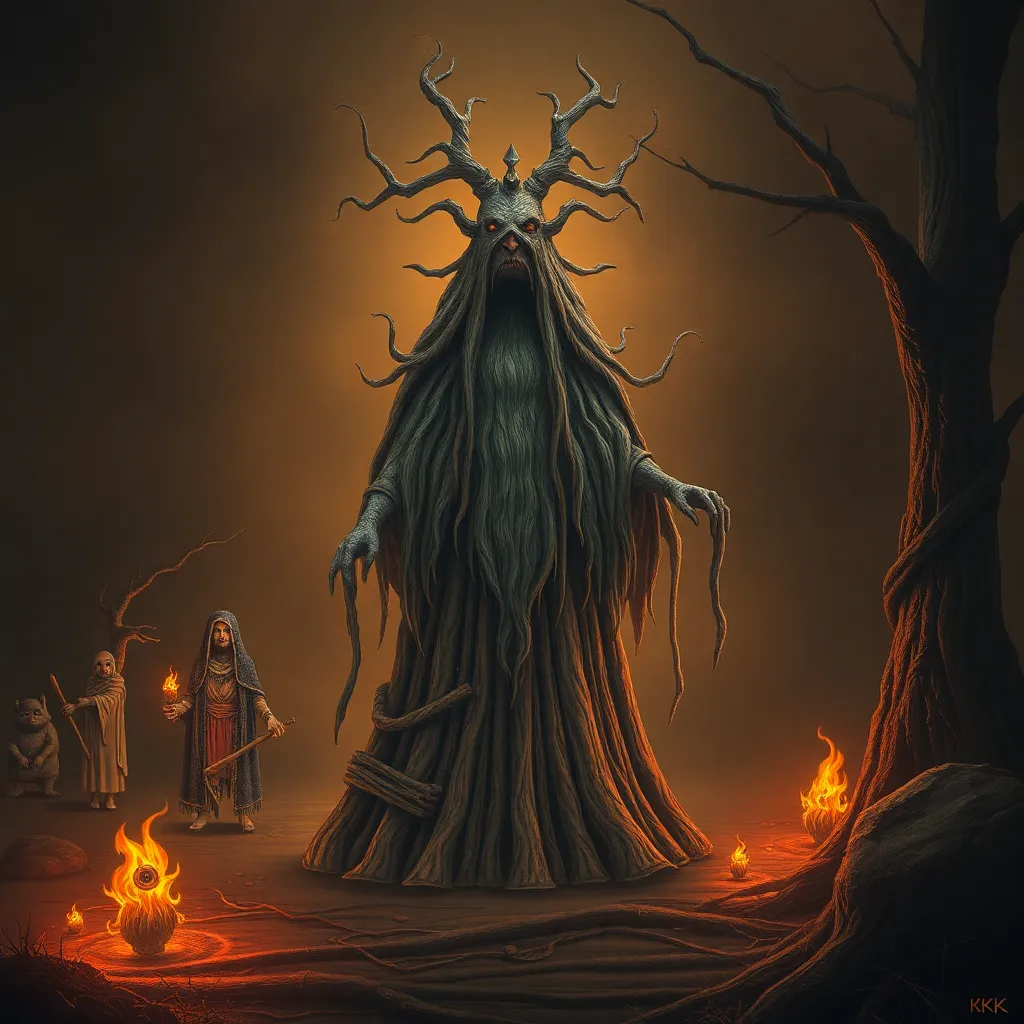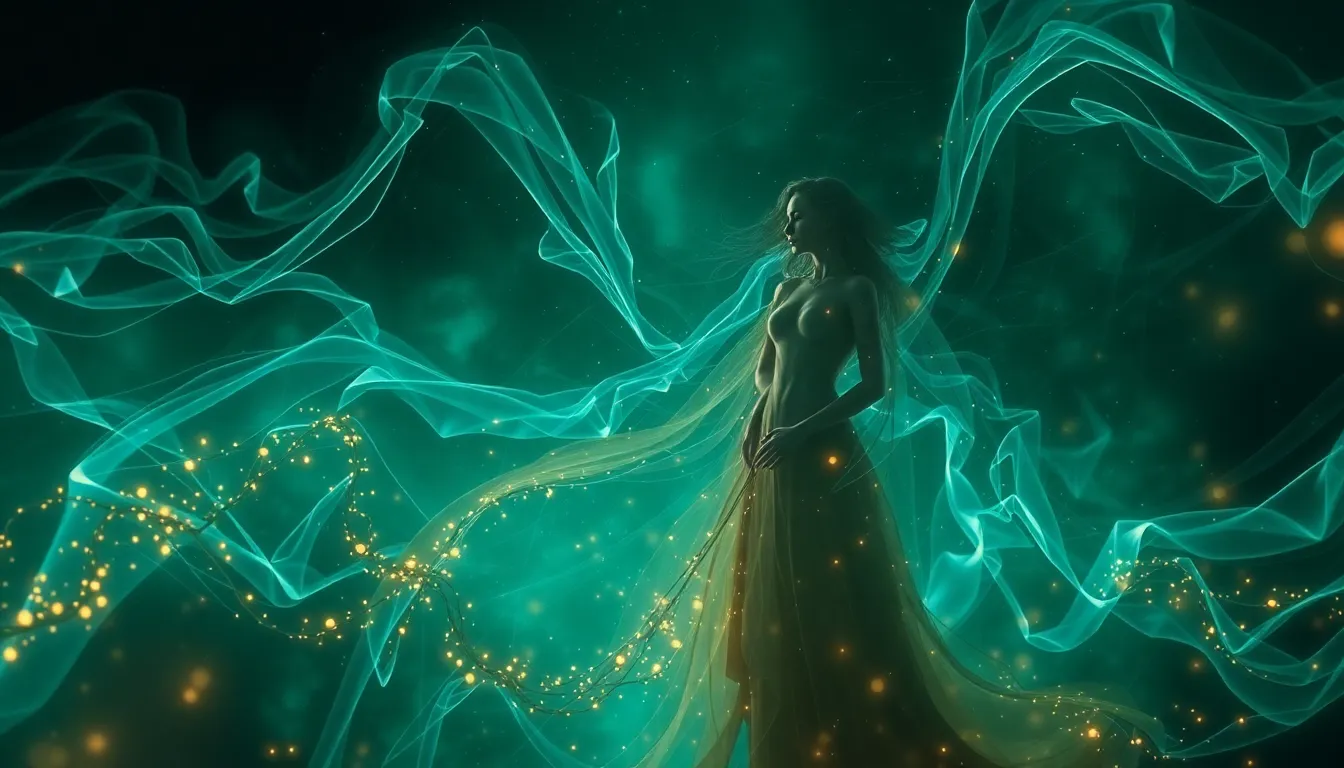The Most Infamous Curses in Cinema: Are They True?
Introduction to Cinematic Curses
Curses have long been a part of human culture, often steeped in superstition and folklore. In the context of film and cinema, a curse can be defined as a series of unfortunate events or tragedies that befall a film production or its cast and crew, leading to the belief that there is a supernatural or malevolent force at work. This fascination with curses in movies stems from a combination of human psychology, the allure of the macabre, and the dramatic narratives that often accompany the filmmaking process.
The Origins of Cinema Curses
The notion of curses in cinema can be traced back to the early days of filmmaking. From the silent film era to modern blockbusters, various productions have been associated with bizarre accidents and tragic outcomes. Notable early examples include:
- The Phantom of the Opera (1925) – The film’s lead actor, Lon Chaney, was rumored to have been haunted by the ghost of the opera house.
- Dracula (1931) – Reports of strange occurrences during filming sparked rumors of a curse surrounding the production.
These early instances set the stage for a cultural narrative that would evolve with cinema, intertwining tragedy with the art of filmmaking.
The Curse of the “Poltergeist” Trilogy
The “Poltergeist” trilogy, beginning with the original film in 1982, is one of the most cited examples of a cinematic curse. The series is notorious for the untimely deaths of several cast members, including:
- Heather O’Rourke – The young actress who played Carol Anne died at the age of 12 from cardiac arrest caused by an undiagnosed intestinal obstruction.
- Dominique Dunne – The actress, who portrayed Dana, was murdered by her ex-boyfriend shortly after the film’s release.
The tragic events surrounding these cast members have led many to believe that the “Poltergeist” series is cursed, raising questions about the implications of such narratives on the film’s legacy.
The “Superman” Curse: Fact or Fiction?
The “Superman” curse refers to a series of misfortunes that have befallen actors associated with the Superman franchise. One of the most notable figures affected was Christopher Reeve, who portrayed Superman in the late 1970s and 1980s. In 1995, Reeve suffered a life-altering accident that left him paralyzed from the neck down.
Other actors connected to the franchise have also faced untimely deaths or tragic circumstances, leading to speculation about the existence of a curse. While some may argue that these events are coincidental, the frequency of misfortunes associated with the franchise has fueled the curse narrative.
The “Exorcist” Curse: A Closer Look
The release of The Exorcist in 1973 was met with both critical acclaim and controversy. However, it also became infamous for a series of accidents and tragedies that occurred both during and after production. These include:
- The death of Jack MacGowran, who died shortly after filming his scenes.
- The accidental death of Linda Blair’s grandfather during the film’s release.
- Numerous injuries reported on set, including fires and illnesses.
These incidents led many to believe that the film, which explored themes of demonic possession, was cursed, sparking discussions about the psychological impact of horror films on their cast and crew.
The “Omen” Curse: Coincidence or Malice?
Similar to “The Exorcist,” The Omen (1976) is shrouded in rumors of a curse, accentuated by a series of strange incidents surrounding its production. Noteworthy occurrences include:
- The plane crash that killed the film’s special effects designer.
- Another plane strike that resulted in the death of a key crew member.
- A series of accidents involving a hotel where the crew stayed, which was later found to have been the site of a ritualistic event.
With these bizarre incidents and the chilling themes of the film, the idea of a curse linked to “The Omen” has persisted in popular culture.
The “Brandon Lee and The Crow” Tragedy
The tragic death of actor Brandon Lee during the filming of The Crow in 1993 has become one of the most discussed incidents in cinematic history. Lee was accidentally shot with a prop gun that had been improperly prepared, resulting in his death. This incident not only shocked the film community but also fueled the narrative of a curse surrounding the production.
The eerie parallels between Lee’s character in the film and his untimely death have led many to speculate whether there was a supernatural element at play, further entrenching the curse narrative in the minds of fans and filmmakers alike.
The “Wizard of Oz” Myths and Legends
The Wizard of Oz (1939) is often cited in discussions of cinematic curses, with numerous myths surrounding the production. Some of the most notable claims include:
- The alleged suicide of a munchkin actor on set, which has been widely debunked as an urban legend.
- The numerous injuries suffered by cast members, including Judy Garland’s struggles with substance abuse.
- Reports of strange occurrences during filming, such as the appearance of a ghostly figure in the background of one scene.
While many of these claims have been exaggerated or fabricated over time, they contribute to the mystique surrounding the film and its legacy.
Psychological and Cultural Explanations for Belief in Curses
The belief in curses associated with films can be attributed to several psychological and cultural factors. These include:
- Confirmation Bias: People tend to notice and remember events that confirm their beliefs, leading to a skewed perception of reality.
- Storytelling: Humans are naturally drawn to narratives that evoke strong emotions, and curses provide a compelling storyline.
- Fear of the Unknown: Curses tap into our primal fears, making them more believable in the context of horror films.
These factors illustrate how media and storytelling can shape our understanding of curses and influence public perception.
Conclusion: Debunking the Myths Surrounding Cinematic Curses
In examining the most infamous curses in cinema, we see common themes of tragedy, superstition, and the impact of storytelling. While many of the events associated with these films may be coincidental, the narratives surrounding them serve to heighten their allure and embed them in popular culture.
Ultimately, the intersection of superstition, tragedy, and entertainment in cinema encourages us to reflect on the fragility of life and the power of belief, even in the realm of make-believe.




